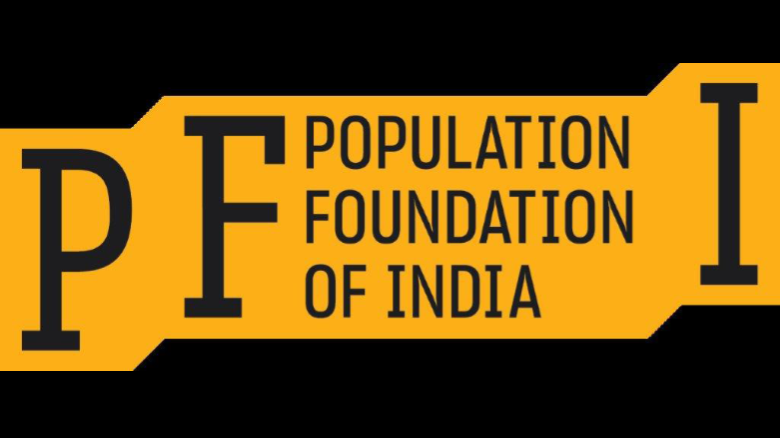
On 05 May 2022, the Ministry of Health and Family Welfare released detailed findings of the fifth round of the National Family Health Survey (2019-21) for India. A brief fact sheet was released in November last year. The findings show that contraceptive usage increases in communities and regions that have seen more socio-economic progress.
The data shows that the “Unmet need for family planning methods” is highest among the lowest wealth quintile (11.4 percent) and lowest among the highest wealth quintile (8.6 percent). Usage of modern contraceptives also increases with income, from 50.7 percent of women in the lowest wealth quintile to 58.7 percent of women in the highest quintile.
The data has also showed that women who are employed are more likely to use modern contraception. The data says that 66.3 percent of women who are employed use a modern contraceptive method, compared with 53.4 percent of women who are not employed.
“This data adds to the mountain of evidence that proves that development is the best contraceptive,” Poonam Muttreja, the Executive Director of Population Foundation of India said. “While there is much to celebrate in the NFHS-5 data, especially the fact that the Total Fertility Rate has come down to 2.0, our focus should now be to reach the unreached. We must do more for the marginalized sections of the society, who may be underprivileged on the basis of class, identity or geography.”
The data showed that knowledge of contraceptive methods is almost universal in India—more than 99 percent of currently married women and men aged between15 and 49 know at least one modern method of contraception. However, the use of modern contraceptives for family planning stood at only 56.4%. It’s a matter of concern that female sterilization remains the most popular method of contraception, showing that the onus of family planning continues to be on women. We need to increase the number of birth-spacing methods in the public health system, given that we have a large young population in the reproductive age group, which contributes to 70 percent of our population momentum.
While the countrywide numbers are encouraging, we must remember that there are wide inter-regional variations. Five states still have not achieved replacement-level of fertility of 2.1—the rate at which a population exactly replaces itself from one generation to the next. These states are Bihar (2.98), Meghalaya (2.91), Uttar Pradesh (2.35), Jharkhand (2.26) and Manipur (2.17).
“Considering the huge population size and profound demographic diversity in the country, context-specific policy and progammes will be needed for states, passing through different stages of the demographic transition,” Poonam Muttreja said. “The country needs to prioritise investment in providing quality sexual and reproductive health information and services, education, skill building and gender equality initiatives for the young population. Our experience shows that targeted social and behavior change communication campaigns can address social norms, harmful practices, promote male engagement in family planning.”
For more information, please contact: Martand Kaushik at martand.kaushik@populationfoundation.in
